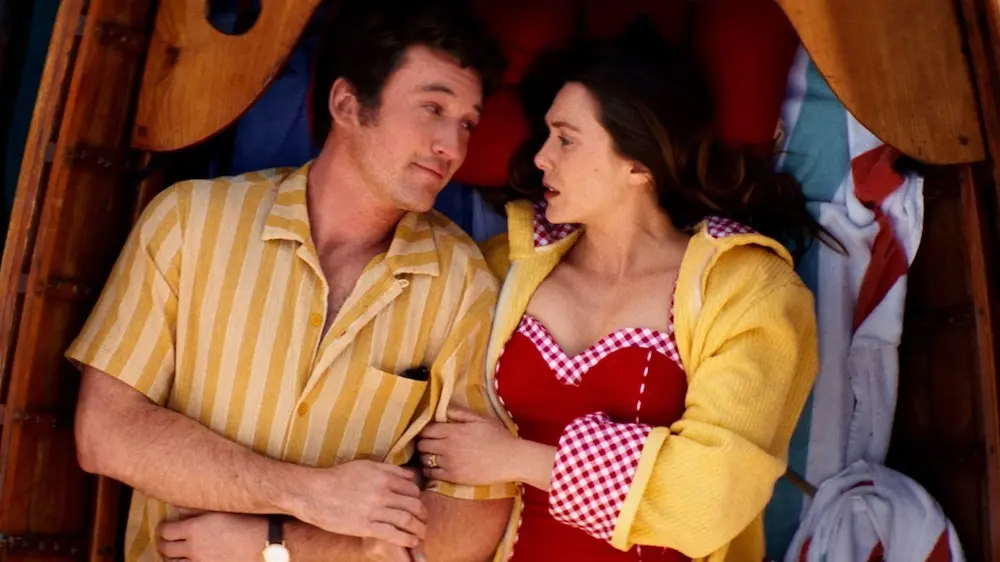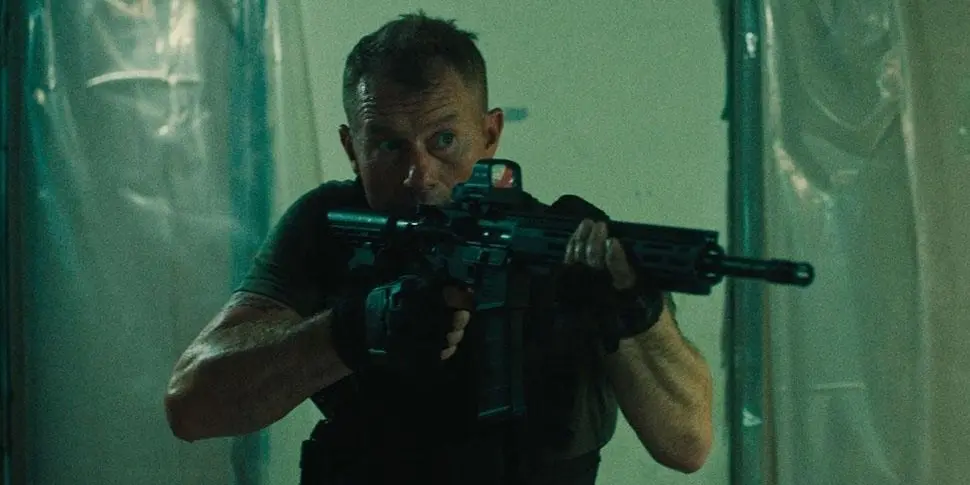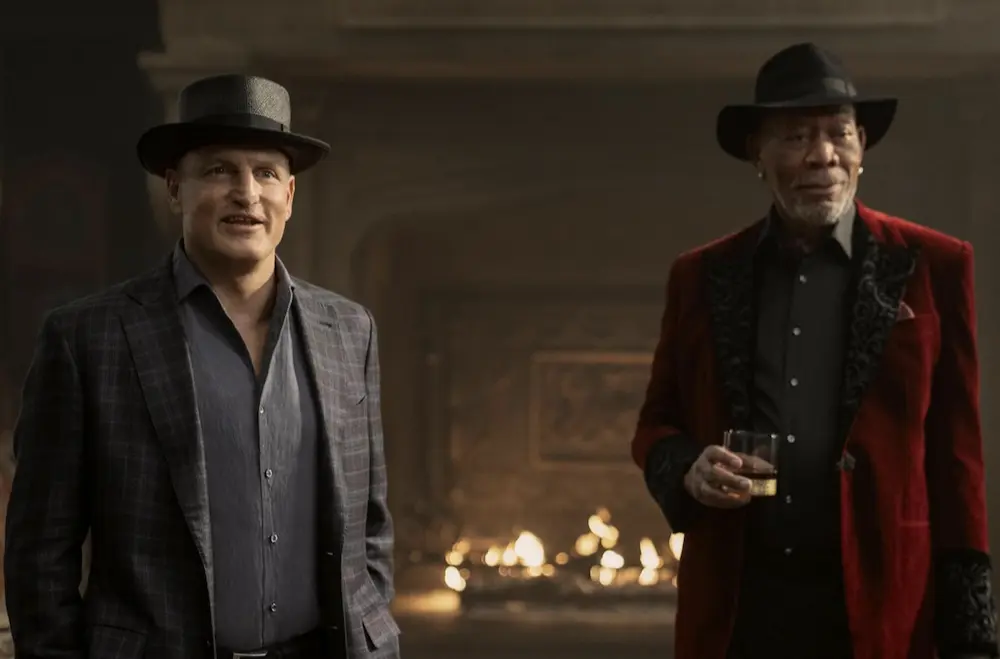As a football fan, I was always primarily aware of the late Yogi Berra as an American cultural icon. My baseball-fan dad also knew the man born as Lorenzo Pietro Berra for the legendary New York Yankee ballplayer he was. Sports documentary “It Ain’t Over,” Sean Mullin’s somewhat hagiographic tribute to Berra, lays it all out for everyone to finally be able to separate where the athlete Yogi Berra ended, and the cultural phenomena Yogi Berra began. Much like “Facing Nolan,” it’s jam-packed with stories from family members, fellow major league players, and celebrities who collectively raise a glass to the iconic sports hero.

Mark Jackson
Film Critic
|Updated:
Mark Jackson is the chief film critic for The Epoch Times, and a Rotten Tomatoes-approved critic. He earned a bachelor's degree in philosophy from Williams College, followed by a classical theater conservatory training, and has 20 years' experience as a New York professional actor. He narrated The Epoch Times audiobook "How the Specter of Communism is Ruling Our World," available on iTunes, Audible, and YouTube. Mark is cited in the book "How to be a Film Critic in Five Easy Lessons" by Christopher K. Brooks. In addition to film, he enjoys Harley-Davidsons, martial arts, rock-climbing, qigong, and human rights activism.
Author’s Selected Articles




